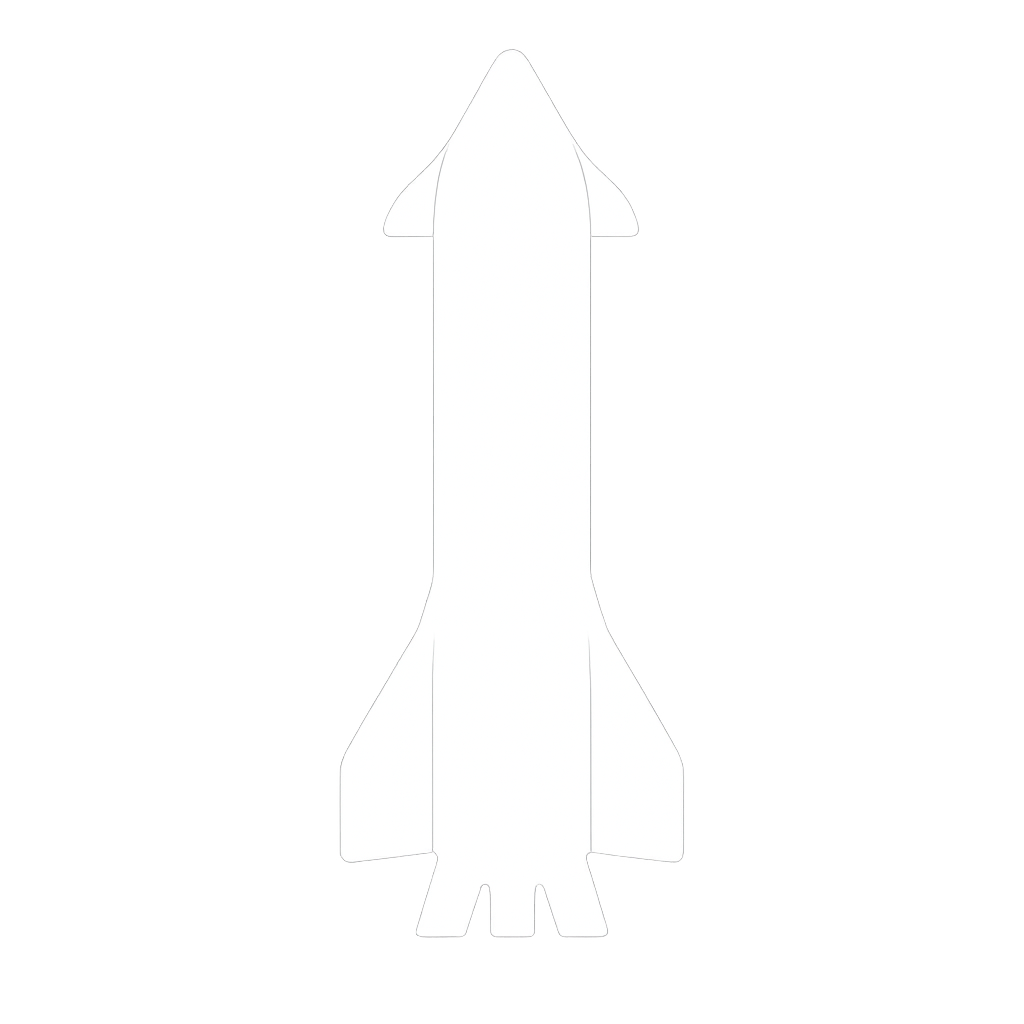
Getting a rocket to orbit
This page is from a project inspired by chapter 1 of "Computational Physics", a book we'll be working out of for the class of the same name in my last year of the Physics BS program.
In it's current state, the interactivity is limited to just modifying a few flight parameters like how long the engines are lit for. But, for the near future, I plan to add:
